Top 10 Fish Species in Lake Erie
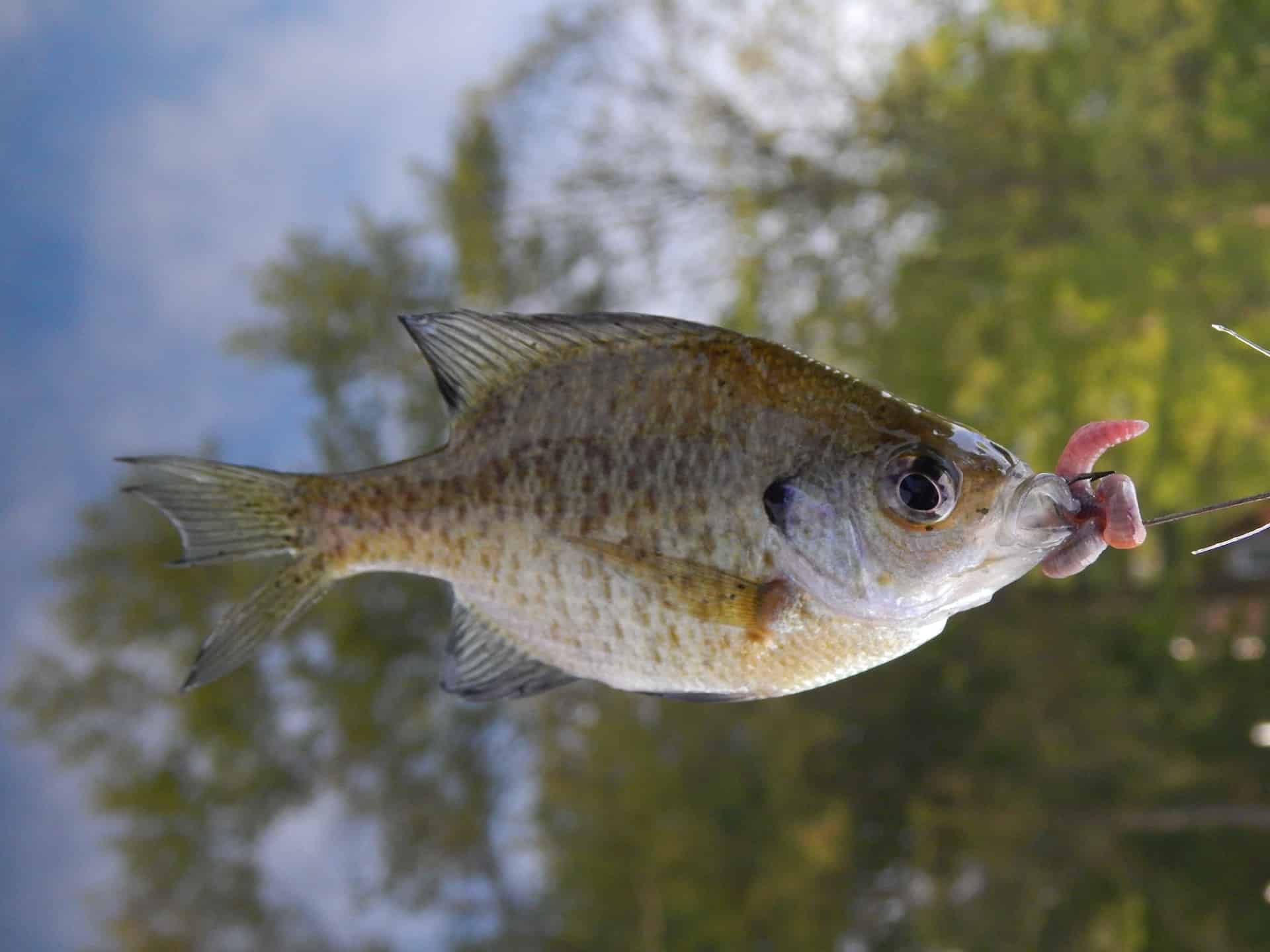
Brimming with bounty, Lake Erie lures the avid angler. You’ll reel in remarkable catches, from the prized Walleye to the fighting Steelhead Trout. Maybe you’re after the acrobatic Smallmouth Bass or the underrated Freshwater Drum.
Whether you’re an old hand or just getting your feet wet, you’ll find a fish species that suits your skill and style. Dive into our detailed guide to discover the 10 best fish species in Lake Erie, Ohio.
It’s a fishing adventure you won’t forget!
Table of Contents
Key Takeaways
- Walleye, Yellow Perch, Smallmouth Bass, and Steelhead Trout are some of the most popular game fish in Lake Erie, Ohio.
- Channel Catfish, Northern Pike, and Muskellunge are predatory fish that provide an exciting challenge for anglers in Lake Erie.
- Freshwater Drum and Bluegill are lesser-known fish species in Lake Erie that offer unique fishing opportunities.
- Different fishing techniques and seasons are recommended for each fish species, ensuring a successful catch.
Walleye: Lake Erie’s Prize Catch
Among all the fish you can catch in Lake Erie, Ohio, you’ll find that the walleye is undoubtedly the most prized. Scientifically known as Sander vitreus, this species is a native freshwater fish that thrives in the temperate waters of the lake. You’ll notice its distinctive olive and gold coloring, complemented by a white underbelly. This sleek predator can grow up to 30 inches long, with females typically larger than males.
Your fascination might be piqued by the walleye’s unusual eyes. They possess a light-gathering layer that allows them to see well in murky waters or low-light conditions. This unique adaptation facilitates their nocturnal hunting prowess, with a diet mainly consisting of smaller fish species found in the lake.
Now, why is the walleye so prized? It’s due to its culinary value. Its firm, white flesh, subtly sweet flavor, and minimal bones make it a favorite among anglers and chefs alike. Moreover, the walleye’s population in Lake Erie is sustainably managed, ensuring that you’re participating in responsible fishing practices when you cast your line for this aquatic gem.
Yellow Perch: A Fisher’s Delight
You’ll often find the Yellow Perch, scientifically known as Perca flavescens, as a delightful catch for many fishing enthusiasts in Lake Erie, Ohio. Averaging between 4 and 10 inches in length, this species is an angler’s dream due to its vibrant coloration and abundance.
To truly appreciate the allure of Perca flavescens, consider the following:
- Color Pattern
- The Yellow Perch exhibits a unique yellow-green color with distinct dark vertical bands. These markings blend beautifully with the sunlight reflecting off the water, creating a captivating sight as you reel them in.
- Availability
- Yellow Perch are abundant in Lake Erie, making them a reliable catch. There’s a certain satisfaction in knowing your fishing trip is likely to be a successful one.
- Culinary Delight
- Not only are these fish fun to catch, but their sweet, mild flavor makes them a popular choice for frying or baking. There’s nothing quite like the anticipation of a delicious meal after a successful day of fishing.
Smallmouth Bass: Erie’s Acrobat
If you’re seeking a challenge, the Smallmouth Bass, known scientifically as Micropterus dolomieu, is a feisty and agile contender that will test your fishing skills in Lake Erie, Ohio. This species is renowned for its acrobatic displays and tenacious fighting spirit, making a catch a truly rewarding experience.
Smaller than their largemouth cousins, Smallmouth Bass typically weigh between 1 and 6 pounds, but don’t let their size fool you. These fish are known for their strength and speed, darting quickly to evade capture. Their bronze body, punctuated with vertical black bands, helps them blend into the rocky and sandy lake beds where they reside.
Smallmouth Bass primarily feed on crayfish, but they’re opportunistic and will happily consume minnows, insects, and smaller fish. Their diverse diet makes them a bit trickier to catch, as they aren’t easily lured by one specific bait.
Your best bet for catching Smallmouth Bass is to fish during their spawning season, which typically occurs between June and July. During this time, they’re more aggressive and territorial, increasing your chances of hooking one.
Now, let’s shift our focus to another fierce contender in Lake Erie, the Steelhead Trout: Lake Erie’s Fighter.
Steelhead Trout: Lake Erie’s Fighter
You’re about to explore the world of the Steelhead Trout, known as Lake Erie’s Fighter due to its strength and resilience.
We’ll examine the unique characteristics that distinguish this species, then move on to effective techniques for catching them.
Steelhead Trout Characteristics
Often, you’ll find the Steelhead Trout, a hardy and resilient species, battling the currents of Lake Erie with remarkable agility. This species, known for its fighting spirit, is characterized by a unique blend of endurance, strength, and beauty.
Its vivid coloration, ranging from olive to steel blue, evokes a sense of awe, while the pink or red streak along its sides adds to its distinction. This vibrant display isn’t just for show; it’s a vital camouflage mechanism that aids in survival.
Notably, the Steelhead Trout’s size is impressive, reaching up to 55 inches in length and weighing up to 55 pounds. That’s a true testament to their resilience and adaptability.
Their life cycle, revolving around migration from freshwater to saltwater, showcases their incredible endurance. It’s a journey that demands respect and admiration.
With the Steelhead Trout, Lake Erie indeed boasts a true aquatic fighter.
Catching Techniques
Harnessing the tenacity of the Steelhead Trout for a successful catch requires strategic techniques that you’ll need to master.
First, you’ll want to use a medium-heavy spinning rod coupled with a high-quality reel, as these fish are fighters. They respond well to bright-colored lures and baits such as salmon eggs or nightcrawlers, so don’t shy away from using them. Cast your line close to the bottom, where the trout often dwell.
Your technique should involve a slow, steady retrieve, mimicking a wounded baitfish. During cold months, steelhead are less active, so slower presentations are more effective.
Lastly, remember to set your hook firmly once a strike is felt. Steelhead have tough mouths, and a proper hook set is crucial for a successful catch.
Steelhead Trout Season
When it comes to the best time for steelhead trout fishing, you’ll find that fall through spring is prime season in Lake Erie. Steelhead Trout, often dubbed Lake Erie’s Fighter, are known for their feisty demeanor and challenging catch.
The unique conditions during this period create an environment that stimulates the trout’s feeding behaviors. This, in turn, leads to an increase in their activity levels, making them more susceptible to your lure.
- The thrill of the catch:
- The rush of adrenaline as the trout strikes
- The challenge of reeling in this fighter
- The beauty of the environment:
- The colorful fall leaves or the pristine snow of winter
- The tranquility of the lake, disturbed only by the splash of your catch
- The satisfaction of the experience:
- The sense of accomplishment when you finally reel it in
- The reward of a delicious, fresh-caught meal
White Bass: The Spring Surprise
You’ll find thousands of white bass in Lake Erie, Ohio, making a surprising appearance every spring. This phenomenon, known as the spring run, is a sight to behold. The waters of Lake Erie become a frenzied hive of activity as these silver-hued fish congregate for their annual spawning ritual.
Scientifically known as Morone chrysops, the white bass is a freshwater species native to the central United States, including the Lake Erie region. These fish are compact and robust, with females typically larger than males. They’re characterized by their deep bodies, silvery-white sides, and distinctive black stripes.
In the spring, when water temperatures reach about 55 degrees Fahrenheit, white bass migrate upstream into tributaries to spawn. The females lay thousands of eggs, which stick to the riverbed and hatch within two to three days.
As an angler, you’d be delighted by the challenge white bass present. They’re known to put up a feisty fight, making them an exciting catch. However, don’t be fooled by their small size; these fish are surprisingly powerful. With the right gear and a bit of patience, you can experience the thrill of catching these spring surprises.
Channel Catfish: The Night Hunter
After the thrill of catching white bass in the spring, you’ll find a different kind of excitement fishing for Channel Catfish, the night hunters of Lake Erie. These nocturnal predators pose a unique challenge, requiring you to adapt to their elusive nighttime habits.
They’re scientifically known as Ictalurus punctatus, easily distinguished by their forked tail and sharp, poison-containing spine. But they aren’t just about danger and suspense. Fishing for Channel Catfish offers:
- The thrill of the hunt Imagine:
- The adrenaline rushes as your line tugs in the dark.
- The surprise when you reel in a massive, whiskered creature
- The pride of conquering a formidable adversary
- A test of your skills. This includes:
- Perfecting your cast under the cloak of darkness
- Learning to read subtle signals in your line
- Mastering the art of patience as you wait for that bite
- Appreciation for nature. You’ll experience:
- The eerie beauty of Lake Erie under the moonlight
- The soothing rhythm of the nighttime waves
- The quiet solitude that only night fishing can offer
Each nocturnal encounter with these catfish sharpens your skills, deepens your appreciation for nature, and adds an exhilarating chapter to your fishing adventures.
Freshwater Drum: The Underrated Gem
In contrast to the nocturnal thrill of Channel Catfish fishing, you’ll find an underrated gem in the Freshwater Drum, a species that deserves your attention during your Lake Erie adventures. This fish, also known as Aplodinotus grunniens, is not only the sole member of its genus but also the only freshwater fish species that you can find throughout the entire North American continent.
To help you understand this species better, consider the following table:
| Characteristic | Description | Importance |
|---|---|---|
| Size | Up to 37 inches and 36 pounds | Indication of a healthy, mature fish |
| Diet | Mollusks, insects, fish | Shows their role in controlling other species |
| Habitat | Deep, slow-moving waters | Helps in locating them in Lake Erie |
| Reproduction | Spawning in late spring | Best time for sport fishing |
| Lifespan | Up to 13 years | Longevity reflects stable population |
Based on this data, you can see that the Freshwater Drum is a fascinating species. Its size, diet, and habitat preferences make it an essential part of Lake Erie’s ecosystem. So, don’t overlook this gem. Instead, make it a point to include it in your fishing bucket list. You’ll be contributing to the biodiversity of Lake Erie while enjoying a unique fishing experience.
Northern Pike: The Water Wolf
You’re about to uncover the world of the Northern Pike, often referred to as the ‘Water Wolf’. Get ready to examine their intriguing hunting habits, understand their remarkable growth and size, and become familiar with this top predator in Lake Erie.
With its exceptional ability to adapt and thrive, the Northern Pike truly stands out among the fish species in this freshwater lake.
Hunting Habits
Don’t be surprised if you find the Northern Pike, often referred to as the ‘Water Wolf’, stealthily stalking its prey in the waters of Lake Erie. This voracious predator is known for its aggressive hunting habits.
Northern Pike frequently employ an ambush strategy, waiting patiently for the right moment to strike. This evokes a sense of awe at their patience and precision, fear due to their unpredictability, and respect for their survival instinct.
Their diet mainly consists of smaller fish, but they’re not picky eaters. Frogs, crayfish, waterfowl, and even their own kind are fair game. They’re opportunistic hunters, adapting to the availability of prey. This adaptability and ruthlessness make them one of Lake Erie’s most formidable predators.
Growth and Size
Let’s dive into the impressive size and growth of the Northern Pike, a testament to its dominance in the waters of Lake Erie.
This predatory species can grow up to 59 inches in length, with a record weight of 63 pounds. However, on average, you’ll find them around 24–30 inches long and weighing anywhere between 3-7 pounds in Lake Erie.
Their rapid growth is influenced by plentiful food sources, primarily smaller fish, and favorable environmental conditions. The first year of a Northern Pike’s life sees the most significant growth spurt, sometimes reaching up to 14 inches.
This rapid growth slows down as they age, but they’ll continue to grow throughout their life, making them truly impressive creatures of the lake.
Muskellunge: The Ultimate Challenge
In your quest for the ultimate angling challenge in Lake Erie, you’ll find no greater opponent than the elusive Muskellunge. Often referred to as the ‘Fish of Ten Thousand Casts’, the Muskellunge, or ‘Muskie’, is a prize sought after by many but caught by few. Known for its strength and cunning, landing a Muskie requires both skill and patience.
The allure of the Muskellunge lies in:
- Its sheer size: The largest Muskie ever caught in Lake Erie weighed an impressive 69.5 pounds.
- The fight it puts up: Once you’ve hooked a Muskie, you’re in for the battle of a lifetime.
- The adrenaline rush: The thrill of finally landing a Muskie after countless casts is unparalleled.
Scientifically, the Muskellunge’s elusive nature can be attributed to its solitary habits and its preference for large, complex structures in the lake. Moreover, Muskies are apex predators, which adds to their mystique and the challenge they present to anglers.
However, if you’re just starting out or looking for a more relaxed angling experience, the next section will introduce you to the bluegill, the beginner’s choice.
Bluegill: The Beginner’s Choice
If you’re just starting out in fishing, Bluegill are an excellent choice due to their abundant presence in Lake Erie and simple catching techniques.
You’ll find their vibrant coloration and distinct morphology intriguing, and their widespread distribution makes them a fun and accessible target.
Once you’ve caught them, you’ll appreciate how their mild, sweet-tasting flesh lends itself to a variety of cooking methods.
Bluegill Characteristics
You’ll find Bluegill to be one of the most easily recognizable fish species in Lake Erie, with its vibrant colors and distinctive features. This colorful species exhibits:
- A body shape that’s round and compressed, giving it a unique silhouette.
- The tall, flat body allows for quick, agile movements in the water, which can be thrilling to observe.
- A gill cover or ‘ear’ with a dark spot at the edge.
- This distinct feature adds to the Bluegill’s visual appeal, making it a favorite among beginners.
- Beautiful shades of blue and purple on its cheeks and gill covers, contrasting with its olive-colored back.
- These vibrant hues can evoke a sense of awe and appreciation for nature’s artistry.
As we delve further, let’s explore the most effective catching techniques for this beginner-friendly species.
Catching Techniques
For a beginner angler, catching a Bluegill from Lake Erie can be an exciting and rewarding experience. You’ll need to utilize certain techniques for optimum success.
Start by selecting the right bait. Bluegills have a preference for live bait such as worms or crickets. A light line, typically a 2–6-pound test, is recommended due to the Bluegill’s small mouth and light bite.
Cast your line near vegetation or submerged structures where Bluegills tend to congregate. Timing is crucial. These fish are most active during dawn and dusk, so plan your fishing expedition accordingly.
Be patient, and pay close attention to the bobber; a slight movement often indicates a bite. Remember, the science of fishing involves understanding the fish’s behavior and adjusting your techniques accordingly.
Cooking Bluegill
Once you’ve successfully caught your first Bluegill, it’s time to learn how to prepare this tasty beginner’s choice for a meal. Your initial step involves proper cleaning. This process is crucial as it impacts the flavor and overall quality of the fish. Here are some steps to evoke your culinary senses:
- *Cleaning*
- Descale: Use a fish scaler or the back of a knife. This process removes the fish’s outermost layer, revealing a smooth surface.
- Gut: Make a shallow cut from the anus to the head. Extract the innards carefully to avoid tainting the meat.
*Cooking*
- Grilling: Season your Bluegill. Grill each side for about 3 minutes.
- Frying: Batter your fish. Fry until it achieves a golden-brown hue.
This process is a blend of science and art, with each step contributing to the final, delicious product.
Frequently Asked Questions
What Is the Best Time of Year to Fish in Lake Erie, Ohio?
You’ll find the best fishing in Lake Erie, Ohio, during the summer. Warmer temperatures boost fish activity, increasing your catch rate. However, early fall’s also productive for species like walleye and yellow perch.
Are There Any Invasive Fish Species Present in Lake Erie?
Yes, there are invasive species in Lake Erie. You’ll find the Round Goby and Zebra Mussels, which can outcompete native species for food and habitat. It’s important to tackle this ecological issue head-on.
What Are Some Local Regulations or Guidelines for Fishing in Lake Erie, Ohio?
You’re required to follow Ohio’s fishing regulations, which include size and bag limits. Obtain a fishing license and ensure you’re not targeting protected species. It’s essential to practice catch and release.
What Are Some Tips for Preparing and Cooking the Various Fish Species Caught in Lake Erie?
Ironically, you don’t need a culinary degree to prepare Lake Erie’s fish. Just clean ’em properly, marinate, then grill or bake. For walleye, use lemon. Perch tastes great with garlic. Always cook thoroughly to kill bacteria.
What Type of Equipment Is Recommended for Fishing the Different Species in Lake Erie, Ohio?
You’ll need diverse equipment for Lake Erie fishing. Light tackle’s great for perch and panfish, while heavier gear’s needed for walleye and bass. For trophy-size fish like muskie, you’d need specialized, robust equipment.
Conclusion
So, you think you’re the master angler, huh? Well, buddy, Lake Erie’s got your number, stocked with an all-star lineup ready to challenge your prowess.
From the elusive Muskellunge to the humble Bluegill, these aquatic athletes are no pushovers.
So, pack up your gear and put your game face on. Whether you’re after the prized Walleye or the underrated Freshwater Drum, one thing’s for sure: you’re in for an epic fishing adventure.
Good luck; you’ll need it!
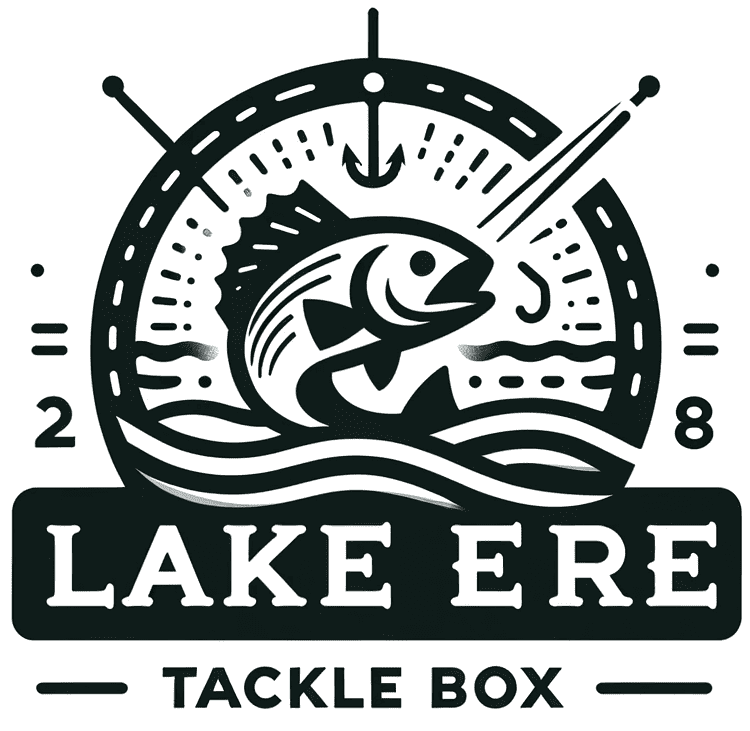
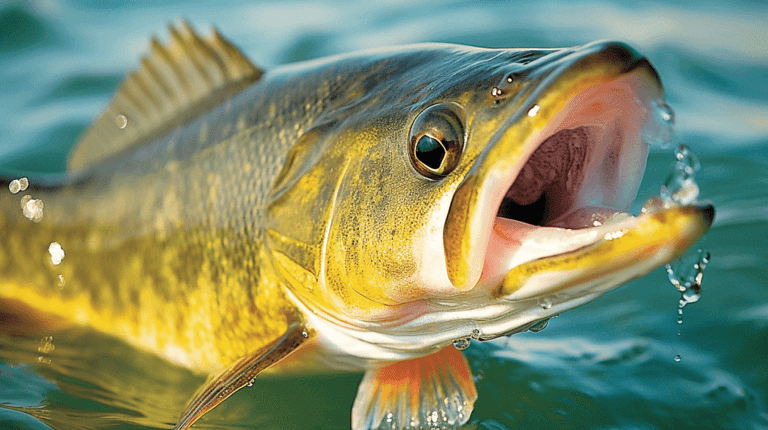

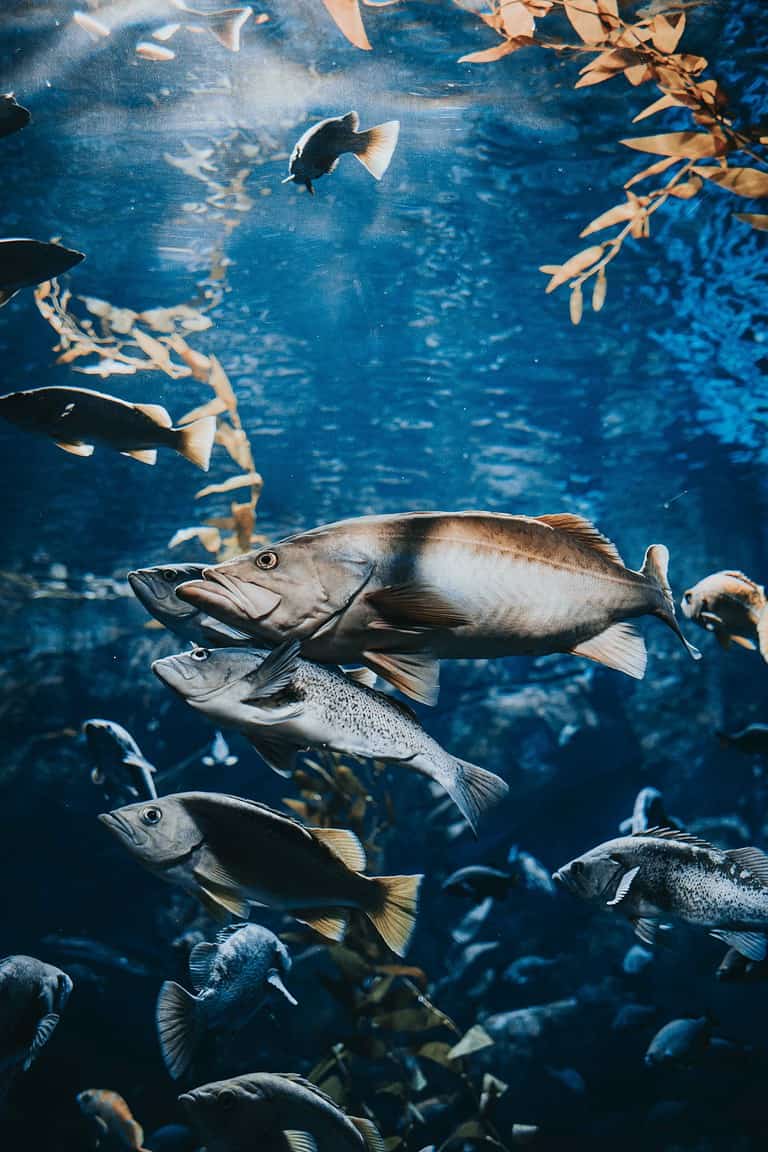
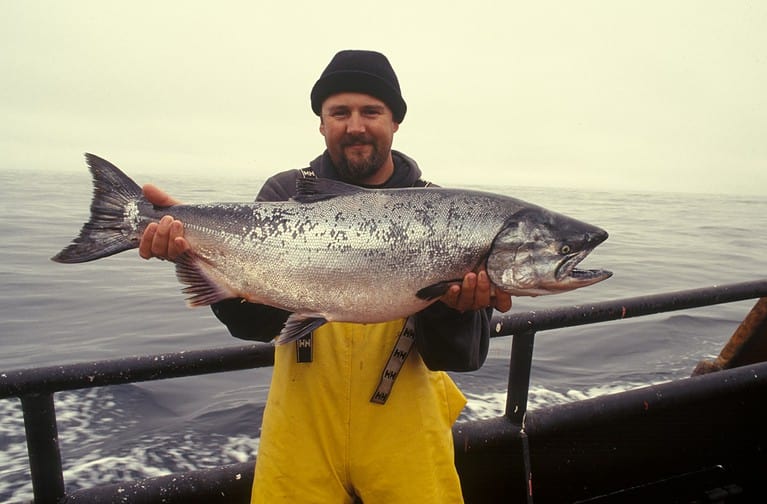
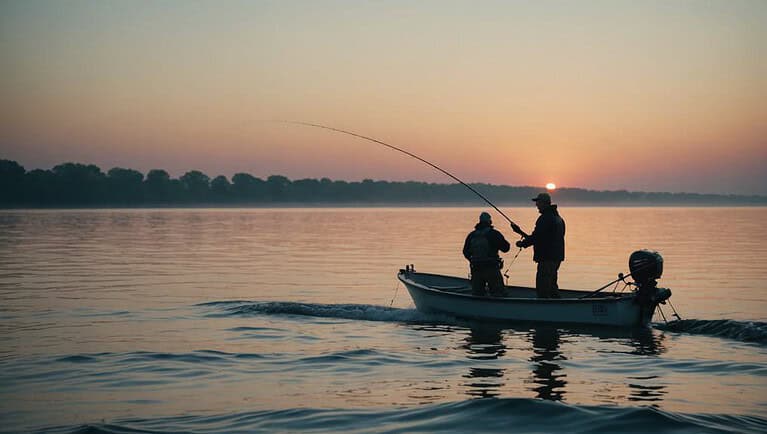

One Comment
Comments are closed.